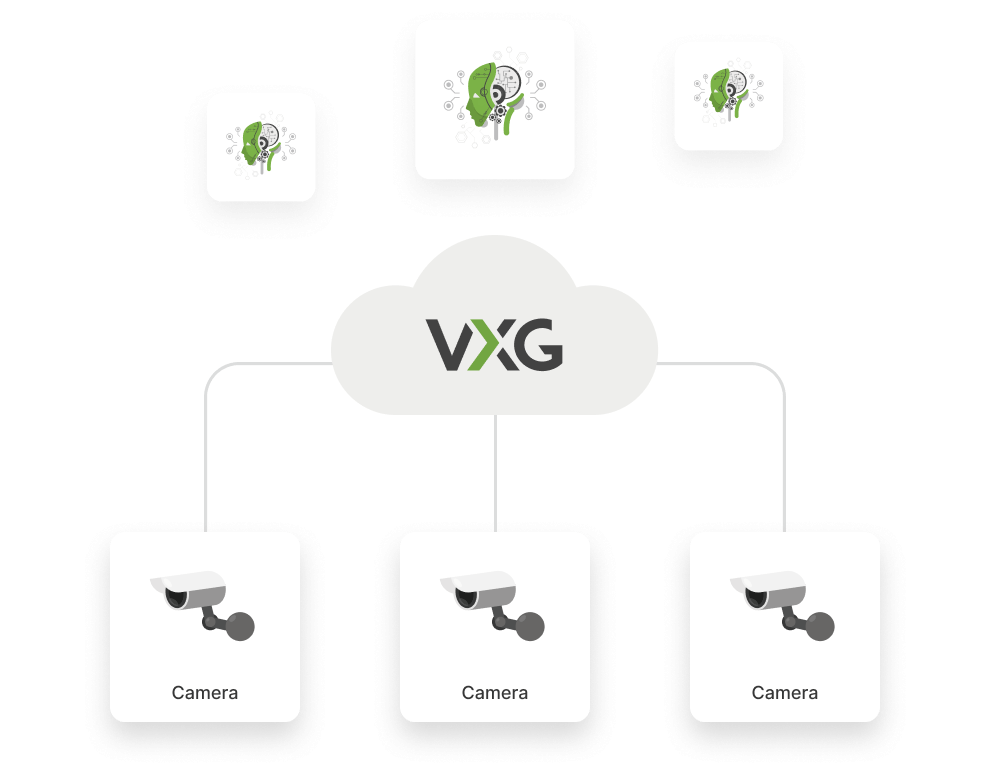Do Video Surveillance Cameras Need Cloud Storage?
It's a constant dilemma for security integrators on how to invest in their video surveillance systems. Whether it makes more sense to invest in the infrastructure at the beginning as a one time payment, or invest less upfront, but have recurring monthly VSaaS (Video Surveillance as a Service) payments. Some people don't like paying monthly for their security camera systems and often the CapEx approach defeats the OpEx approach. Let's see if the initial, one time payment approach still works today.

Do Video Surveillance Cameras Need Cloud Storage?
Storage
The first aspect is storage. Video Surveillance is all about recording and costs for video storage.
- Storage - How much is enough? Changing your storage capacity will cost almost the same as the initial deployment.
- Distribution of storage devices across multiple locations to balance traffic. In most cases, the bandwidth limitations will dictate the architecture.
- When having multiple storage devices/systems, maintaining them is critical, which includes regular health checks and possible replacement.
- No storage or system works forever, upgrading of hardware is inevitable.
Accessibility
When there are cameras generating live video and storage with historical video data, accessing them is necessary. This is done through the VXG web browser and mobile apps by point-to-point (P2P) or cloud connection.
- P2P is a direct connection to a camera or on-premise storage (NVR). Which requires either network configuration like port forwarding or VPN, or the use of P2P protocols like WebRTC. Opening ports or VPN is something that is very commonly used. However, there is a labor cost (for configuration of your routers) and a security concern - users are allowing someone to access your network.
- Cloud connection (cloud cameras) means video is re-transmitted through the cloud. It's an extra cost for cloud-based video processing, but it solves the connectivity problem in virtually 100% of cases.
Artificial Intelligence
Artificial Intelligence is a trending topic. However, how many success stories are there about video AI products for video surveillance?
There are two main problems - accuracy and cost. There is a large gap between an AI demo and a scalable AI product, with few successful, complete products on the market. Typically, AI runs on the edge or on the cloud.
- Ideally, AI runs on a camera, but cameras with built-in AI and video analytics require significant processing. These cameras need more CPU power and are more expensive. However, a bigger problem is the product life cycle of an AI camera. Typically the durability of a [cloud] security camera is 5-10 years.
- Cloud AI processing is relatively expensive, however there is a clear separation between slow and fast-changing parts, like sensors and optics, versus AI processing requirements. One can employ virtually unlimited CPU power when it's required for AI and release cloud resources when not needed. The algorithms are advancing so fast that there is continuous deployment and delivery in the cloud.
Market Shift
Enterprises across all industries are leveraging cloud technology to streamline operations and reduce IT costs. Cloud-based services are seeing a surge in adoption by users in all industries and use cases, including video surveillance. Moving from standard VMS (video management systems) and traditional CCTV, DVR and NVR-based deployments. When choosing a cloud video surveillance system/architecture, and determining how the cloud can best support your business, there are 5 key factors to consider: bandwidth, storage, cost, security and accessibility.














